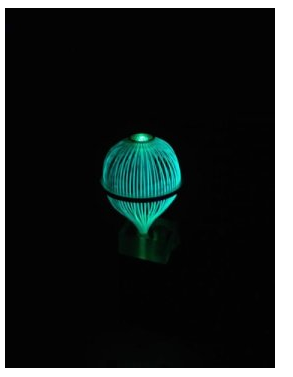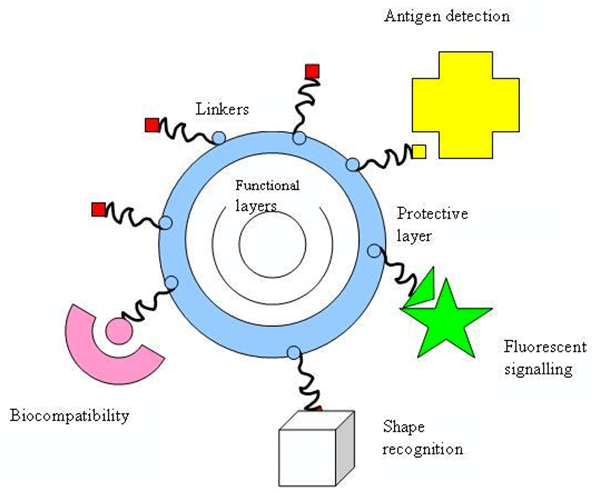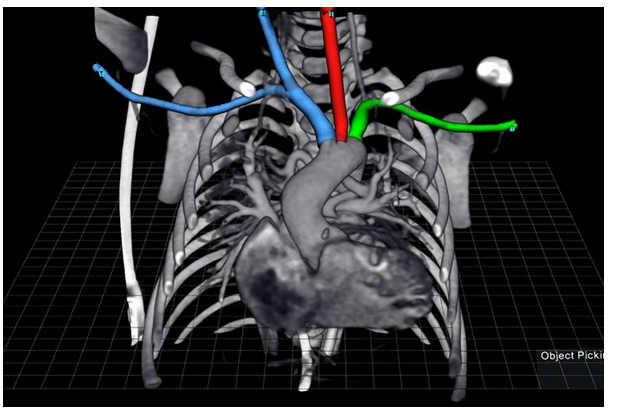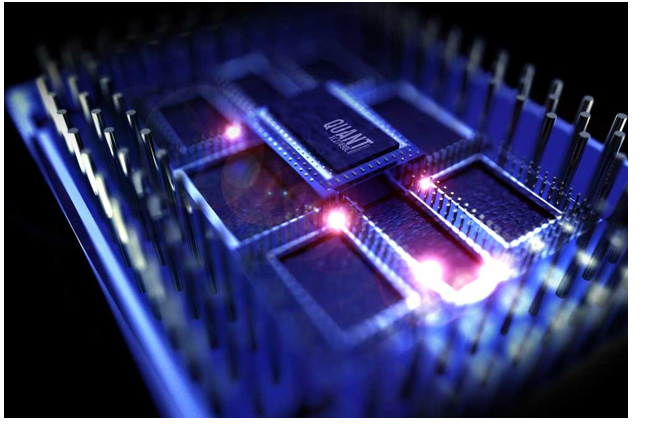New detector overcomes key challenge in using light for wireless communications
Today’s high-speed wired communication networks use lasers to carry information through optical fibers, but wireless networks are currently based on radio frequencies or microwaves. In an advance that could one day make light-based wireless communications ubiquitous, researchers from Facebook Inc.’s Connectivity Lab have demonstrated a conceptually new approach for detecting optical communication signals traveling through the air. The team described the new technology, which could pave the way for fast optical wireless networks capable of delivering internet service to far-flung places, in Optica, The Optical Society’s journal for high impact research.…
Read More









